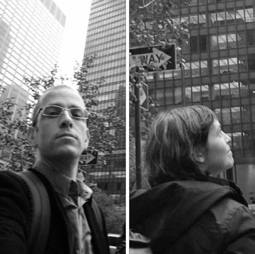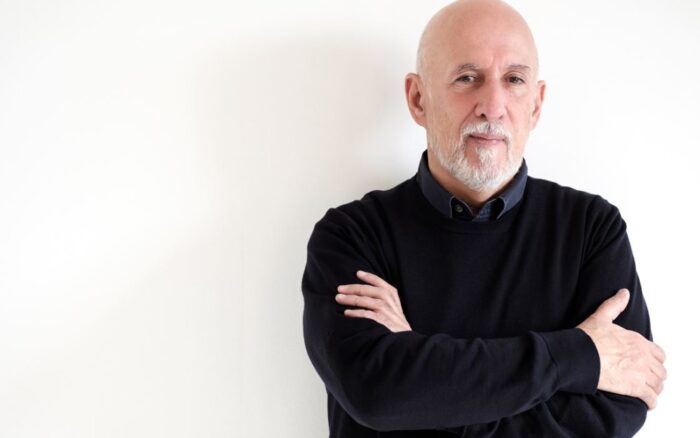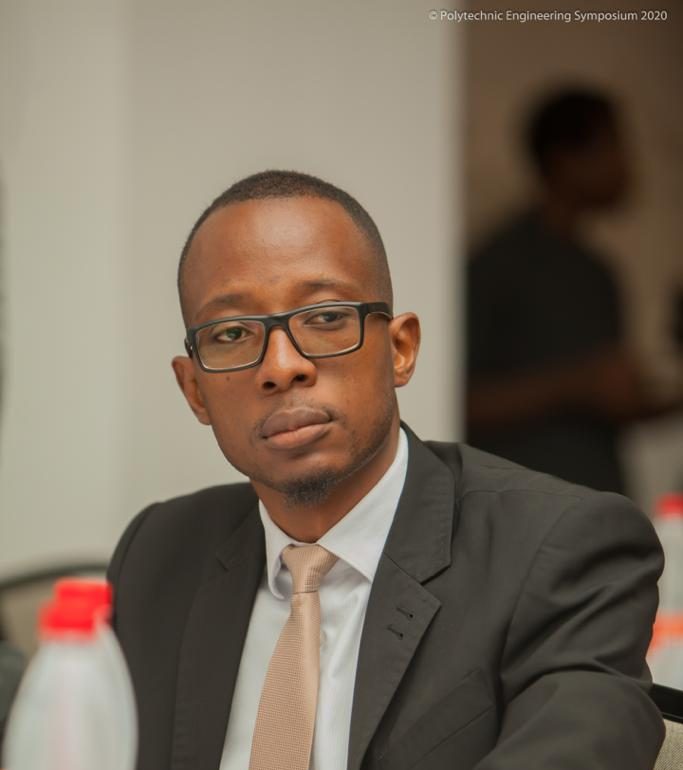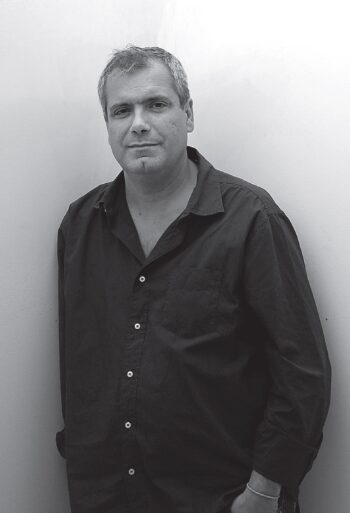A conversation with Arch. Catarina Sousa and Arch. Gilberto Oliveira

A conversation with Arch. Catarina Sousa and Arch. Gilberto Oliveira
’With the demographic reduction we are seeing, what is not sustainable is the size of the built territory. There are hundreds of thousands of empty buildings in Portugal and we will lose almost 10% of the population.’
Both of you started your professional activity at Atelier do Chiado. How did you come up with the idea of getting together to form your own studio?
Arq. Gilberto – We met at college and met again at Atelier do Chiado where we worked with architects Cristina Salvador and Fernando Bagulho. In this studio, where other colleagues of our generation were also present, we had the opportunity to work in a team that worked very well, corresponding to an extraordinary period of experimentation and learning. It was a fantastic time where competitions were won and very stimulating proposals were made. The departure from this studio corresponded to a desire to create our own structure, a natural process of maturity among architects. The name CAL proposed by Catarina suggested the idea of establishing ourselves as a Cooperative of Architects in Lisbon. A few years later we’ve started to collaborate again with Atelier do Chiado in some projects, in partnerships that give us the possibility to expand our field of work.
Sustainability is one of your biggest concerns. Is it absolutely essential today?
Arq. Gilberto – Sustainability is and has been absolutely fundamental in the time span of thousands of years that brought us here. The transformation of nature into artifice has always been relatively sustainable until the acceleration of time in the 20th century. For example, looking at Portugal now, with the demographic reduction we are seeing, the sustainability problems will be different: what is not sustainable is the dimension of the built territory. There has to be rationality about the transforming operation. At this moment the problem arises of how to renaturalize the territories that will no longer have those who occupy them.
Can the current economic problems bring something positive in this regard, such as the recovery of buildings instead of new construction, and the saving of energy and resources?
Arq. Gilberto – Yes, we will have to be more pragmatic as a society. There are hundreds of thousands of empty buildings in Portugal and we are going to lose almost 10% of the population in 2 or 3 decades, which will further aggravate the situation. This can be tragic. This brutal crisis, which is structural but does not immediately affect our model of society. Twenty years from now, people will still come from Loures to Lisbon by car because the dispersion of the city is so great that public transport is not feasible to reach everywhere. Population concentration is not a good thing in itself, but dispersion is a bad thing in itself. In this sense, with this crisis, it is imperative to think about reorganizing the territory, saving what is still salvable and transforming what is waste into a useful thing. We must not continue to expand small or large cities. It is a question of sustainable planning. Our mega city, from Setúbal to Torres Vedras, is badly resolved. The urban fabric is gigantic and dispersed… maybe we could live better concentrated in cities and leave the fields to grow lettuce…
And is it expensive to have a sustainable attitude?
Arq. Catarina – A good construction is usually more expensive but it is also possible to spend a lot of money on things that do not contribute at all to good construction. Our work involves a lot of managing the available financial resources and we are always faced with design options that have to be weighed… for example, it makes no sense to use expensive coating materials and neglect the quality of the window frames and their efficiency.
Arq. Gilberto – Let us look at the wonderful heritage that has already accumulated. For example, these buildings in Baixa or Chiado that have endured for more than 200 years without a technological input that radically transforms them, buildings that have resisted natural agents and use, which were able to be resilient. Or here, Garrett Street which remains the same well-oriented street… There is a guaranteed natural balance with the means available to date and that is perpetuated. The Romans, when they occupied Lisbon, took into account the sun exposure, the winds and the slopes in the occupation of their suburbs… a very good neighborhood is usually built on a generous nature. It is this knowledge that still worries us when we build.
Arq. Catarina – We are concerned with the idea that the building must withstand time in material, functional and also aesthetic and emotional terms. It is important to understand how people are going to look at buildings over time. Think about whether in 10 years we will still be comfortable in that house or, if it is necessary to sell, if it will have a marketplace. The built heritage resists beyond its owner…
At the time of the 10th anniversary of the atelier, you’ve launched “Architecture for all” initiative. Where did this idea of promoting pedagogical workshops come from?
Arq. Catarina – We understand that any professional should be concerned with transmitting his knowledge. In this sense, we considered that a set of workshops aimed at the youngest could be an interesting and rewarding experience. A person who knows his ecosystem is better able to decide on what concerns him. Knowing how to choose a place to live is fundamental, knowing how the house should be oriented is very important. For example, when it comes to choose a house, the criterion for buying cannot be just the fact that it is new… in fact, an old house has already shown what it is capable of and, as a rule, it has a more favorable geographical situation, it will have occupied the best terrain…
What is it like to work with BETAR?
Architect Catarina – Betar has been the main partner in the development of the studio’s projects. We have learned a lot from our engineering friends… They always bring us new and very professional knowledge. Without this teamwork, it would not be possible to achieve many of the ideas we pursue.
This interview is part of the Artes & Letras Magazine # 39, of February 2013
Partially automatic translation from portuguese: some expressions may differ from their actual meaning.
News & Interviews
A conversation with Arch. Carrilho da Graça
‘Architects are always trying to communicate, in a perfect way, what they think (...) I cannot say that there is one that is‘ the’ work. I am always trying to achieve perfection.' Read more
A conversation with Eng. Chrispin Kapalamula
'Ensuring that the environment remains a central concern, that it is not compromised during the works (...) and ensuring, wherever possible, that it is restored to its condition after demobilization, is a very important function' Read more
A conversation with Arch. Manuel Aires Mateus
‘The client doesn’t draw with us, but we draw with his ambition, translating his individuality, and that takes us away from the banality of the answer’ Read more




